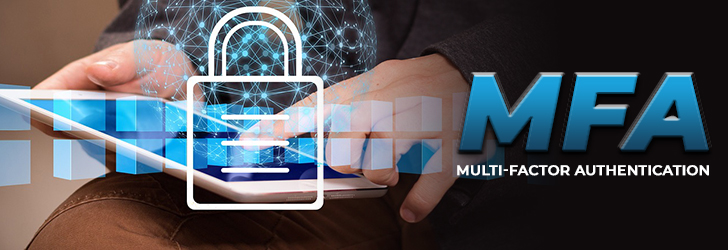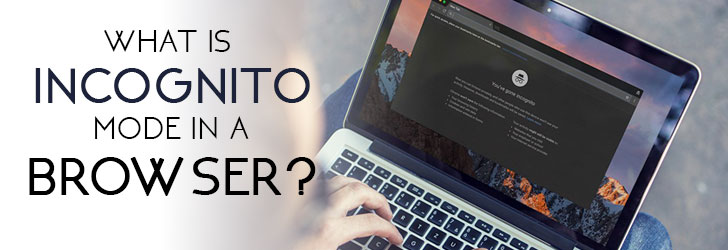
Our home router has become an internal part of the global communication footmark when the use of the Internet has developed to contain home-based telework, entertainment, personal financial management, social networks, school work, and businesses. The router facilitates the broadened connection. Almost all these devices are pre-configured by the company that made and are plug and play for immediate use. After installing a router at home, people frequently connect directly to the World Wide Web without conducting any additional configuration. People might be reluctant to enhance safeguard configurations because those configurations may seem a bit difficult or people are unwilling to spend more time with these advanced configuration settings.










